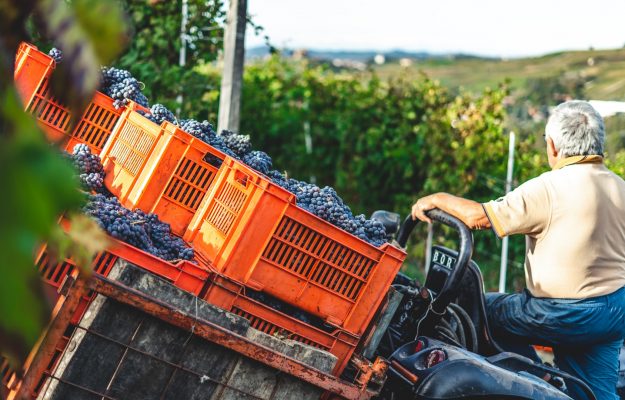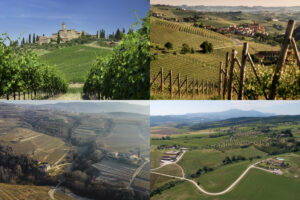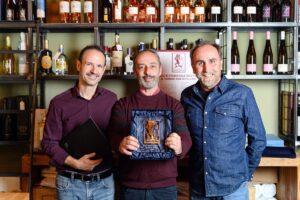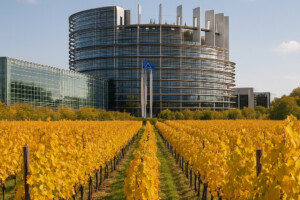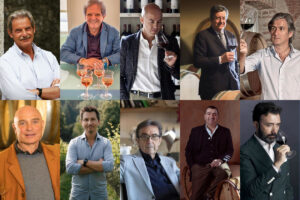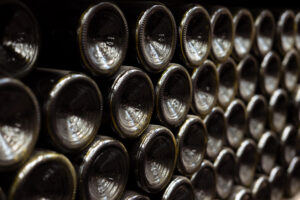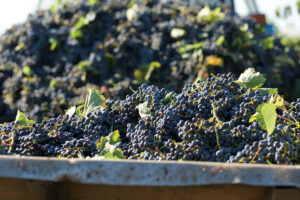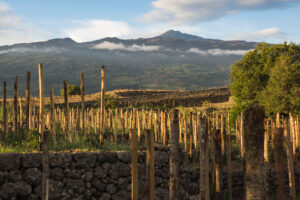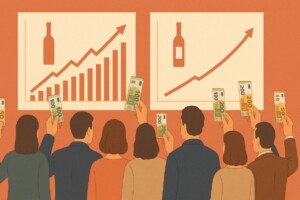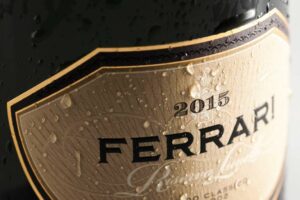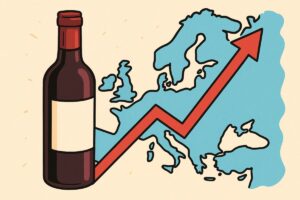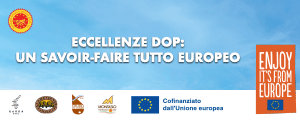The watchword of any Italian and foreign business sector is sustainability, a concept that Reale Mutua, in its 2022 “Agriculture 100” Report, measured through an index built on 234 variables, attributable to four pillars: environmental sustainability, social sustainability, risk and relationship management and quality of development. As emerges from the conference “Agriculture 100: Report 2022. The contribution of the agricultural and wine sector to growth and sustainable development”, on stage today in the “Slow Wine Fair” (from yesterday to March 29, in Bologna), together with Confagricoltura, of 2,162 companies that participated in the report, almost one in four belong to the wine sector, which is an indicator of the sector’s strong focus on sustainability issues.
54.8% of wine companies have a “high” or “medium-high” level of sustainability, against 49.1% of agricultural activities as a whole. Another 36.4% is, therefore, at medium sustainability, and the remaining 8.8% at a basic level of sustainability, as told by the numbers presented and analyzed by Anna Caronna, Head of Strategic Marketing and Reale Mutua Planning, Enea Dallaglio, partner Innovation Team-Cerved Group (who produced the Report), Federico Castellucci (Confagricoltura Wine), and Giancarlo Gariglio, Slow Wine Coalition coordinator and Slow Wine guide curator.
Another interesting data is the one concerning the activity rate, from which it emerges that practically all the wine companies examined (99.8%) have undertaken in 2021 at least one initiative in favor of environmental sustainability. 99.7% in the context of the use of resources (water, soil, energy, waste), 55.9% in the context of emissions, 53.6% in that of hydrogeological risk, 98.4% in that of environmental quality and health and 32% in the field of innovation. A distinctive feature of the wine sector is also the great attention to the high quality of production and, therefore, to the improvement of food quality and health, which passes through the reduction of fertilizers (66.1%), reduction of pesticides (63, 7%), soil analysis and phenological phases to optimize the techniques (58.3%), reduction of insecticides and fungicides or alternative products (47.2%), phytosanitary application based on crop and weather conditions (34%), control residues before marketing (27.5%) and integrated agriculture (26.3%).
Moving on to another area, that of social sustainability, the activity rate of Italian wine companies drops slightly, but still remains very high: 89.3%. The fields in which social sustainability is applied are, mainly: health and assistance (51.4%), welfare and protection (54.3%), safety at the workplace (63.3%), enhancement of human capital (70, 4%), rights and conciliation (39.3%) and social integration and work inclusion (16%). 93.7% of companies, on the other hand, took at least one action in the direction of risk management and relationships, focusing strongly on relations with the local community (72.4% of companies), but also on risk management (80.3%), relations with networks and the supply chain (59.3%), enhancement of the territory (45.3%) and dialogue with consumers (66.5%).
The enhancement of the territory, specifically, passes through recreational and cultural events (25%), support for voluntary initiatives (21.7%), enhancement of native plants (19.5%), artistic, cultural and tourist improvement (12.5%), cooperation with universities and companies (6.4%), building renovation in respect of the territory (4.7%), environmental protection works (4.4%) and works for the community, such as schools and housing (1.4%). The dialogue with consumers, on the other hand, is based on guided visits to the company (39.1%), digital/social communication (38%), participation in trade fairs and sector events (37.9%), company shop (33%), information on conservation and use of the product (18.1%), additional communication, such as packaging, website or QR Code (14.2%), communication on sustainability, health and the fight against waste (12.5%).
Also, innovation, as anticipated, can be a factor of sustainability, and in viticulture, the companies that we can consider at a high level of innovation (that is, which count at least 15 out of 91 innovative initiatives) are 40.6% (against 36.9% of total agriculture), a percentage that rises significantly, up to 89.8% among highly sustainable wine companies. Ultimately, sustainability generates the quality of development, and in fact, 88.8% of highly sustainable viticulture companies, and 51.6% of all wineries, have a high-quality development.
“The wine sector started investing - explains Federico Castellucci (Confagricoltura Wine) - over twenty years ago in sustainability, driven by market demands. Today the sector continues to lead this virtuous path. This is also demonstrated by the fact that Italy is the first country to have approved, a few days ago, the national certification specification for the sustainability of the wine sector, systematizing the best practices and experiences conducted in the field of sustainability in the sector, starting the integration of the Sistema di Qualità della Produzione and the various sustainable quality certification schemes present at the national level”.
“Reale Mutua has always been close to the agricultural world and its people who, with their valuable work, are contributing to Italy’s economic recovery. A closeness is testified by the partnership with Confagricoltura. The consumer now considers essential the fact, that a company works towards the sustainability direction”, comments Anna Caronna, Head of Strategic Marketing and Planning at Reale Mutua.
Copyright © 2000/2025
Contatti: info@winenews.it
Seguici anche su Twitter: @WineNewsIt
Seguici anche su Facebook: @winenewsit
Questo articolo è tratto dall'archivio di WineNews - Tutti i diritti riservati - Copyright © 2000/2025










